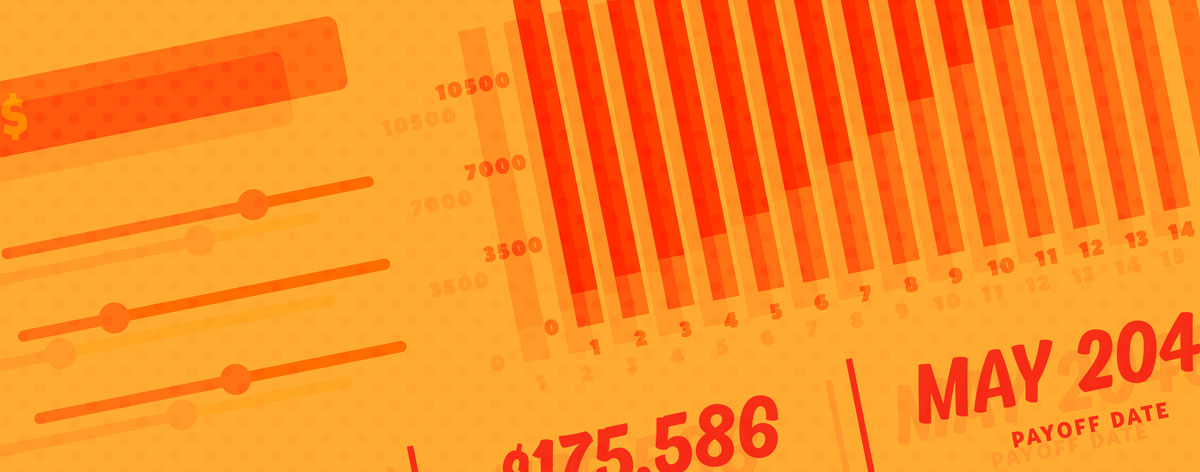

Income
To have a budget, you need income. Income is any money that you receive. The most common type of income is earnings from a job, but other forms of income include interest (such as from a savings account) and investment earnings. Depending on the kind of income, you may earn it at regular intervals (weekly, biweekly, monthly, etc.) or sporadically, such as when you make a sale or earn a commission.
Expenses
Expenses are all the things you spend money on, from the frivolous (an extra treat after a long day) to the required (housing and utility payments).
It may be helpful to think of your expenses as falling into two categories: needs and wants. Needs are the things you require to live and work in relative comfort. This includes things like…
- Food
- Housing
- Electricity
- Heat/AC
- Transportation Costs
- Clothing
Wants are the things you may not need to survive, but that make your life more enjoyable. This includes expenses related to vacations, hobbies, and entertainment, but also the more expensive or extravagant versions of your needs. You need food, but want to go to fancy or expensive restaurants. Similarly, you need clothes, but you don’t need the newest, trendiest clothes. It’s important to be honest when considering what expense is a need and what is a want, so you can effectively manage your expenses. You might also consider tracking what cash comes in and goes out with an income and expense tracker to ensure you’re staying on top of your budgeting goals.
Balancing Income and Expenses
For a sustainable budget, your income needs to stay above your expenses. If not, you’ll have to borrow money or dip into savings to make ends meet. After covering your expenses, your extra income will ideally be saved for future goals and an emergency fund. In accounting terms, the balance between your income and expenses is often referred to as your cash flow. If you have a positive cash flow, your income is higher than your expenses. If you have a negative cash flow, your expenses are higher than your income.
While it may not work for everyone, the 50/30/20 rule can be a helpful place to start when considering a healthy budget. With this, your expenses take up 80% of your income, with 50% going toward needs and 30% going toward wants. The remaining 20% goes into savings. If that isn’t an option right now, there are a few changes you can make to bring your income and expenses closer to that goal (or at least closer to something sustainable), as outlined below.
Decrease your expenses
Cutting your expenses is generally the easiest way to get some control over an out-of-control budget. You’ll need to take a hard look at your spending and consider the areas where you can cut. Fixed expenses like debt or rent payments are much harder to change. But variable expenses, like your food or entertainment bill, are easier. This Coach can help you find areas that you can trim.
Increase your income
Increasing your income is another way to create a buffer between your income and expenses. One way to do this is to get a part-time or gig-economy-style job such as delivering food, driving for ride-share companies, or working late night shifts. Of course, this requires more of your time. Another option is to look for a new job that pays more and gives you room in your budget. That may require gaining new skills by taking classes or gaining certificates. Unfortunately, those things often cost money. But, if you can make the added expense work in your budget for a short time, it can pay off in the long term.
Managing your income and expenses is a lifelong process. As they change, your budget will need to change as well. It’s important to reevaluate it periodically to ensure that you’ve accommodated for any life changes.
Neither Banzai nor its sponsoring partners make any warranties or representations as to the accuracy, applicability, completeness, or suitability for any particular purpose of the information contained herein. Banzai and its sponsoring partners expressly disclaim any liability arising from the use or misuse of these materials and, by visiting this site, you agree to release Banzai and its sponsoring partners from any such liability. Do not rely upon the information provided in this content when making decisions regarding financial or legal matters without first consulting with a qualified, licensed professional.

